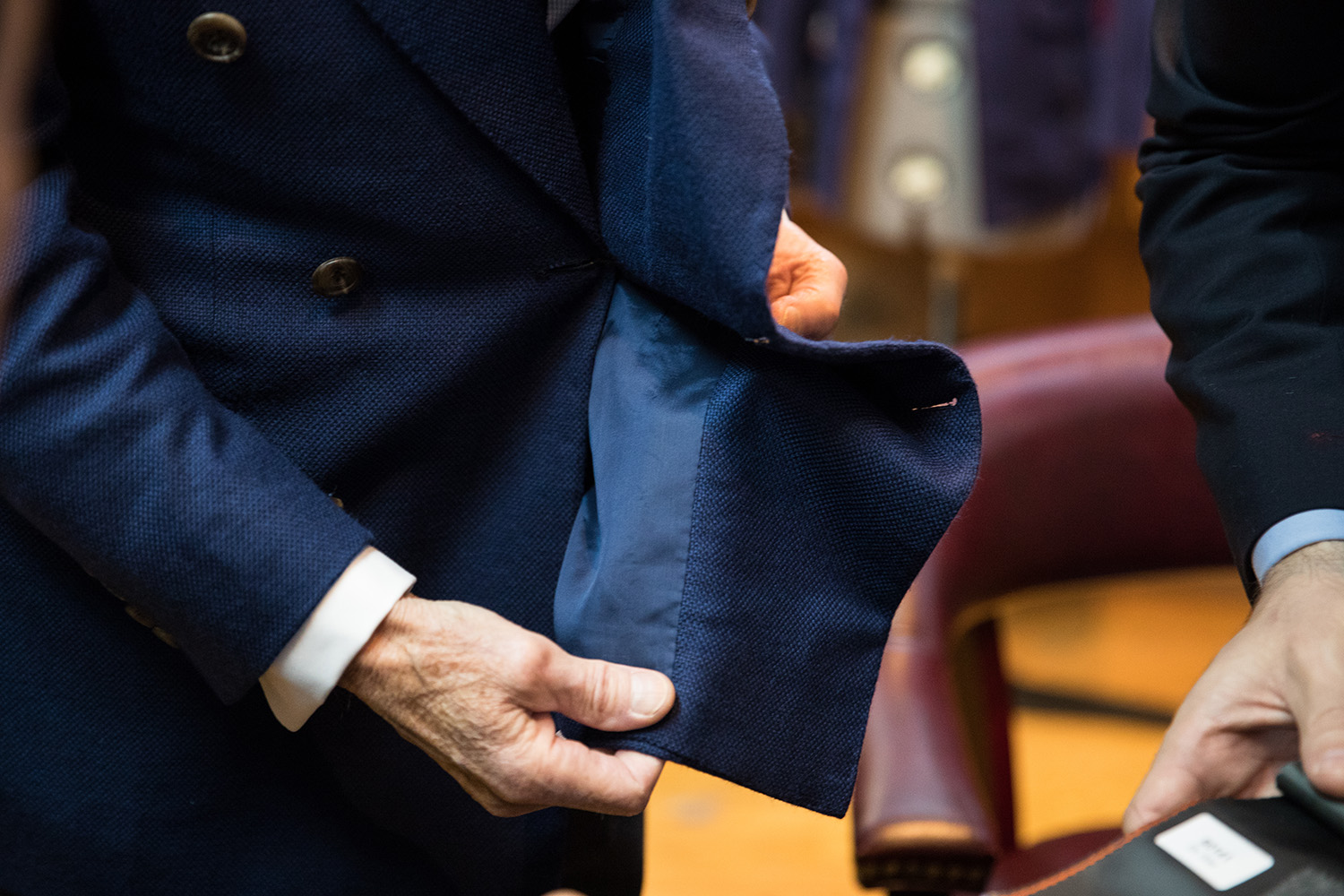Table of Contents
Creating your own signature scent is an art form. It’s a way to stand out, express individuality, and leave a lasting impression. The technique of layering perfumes—combining multiple fragrances to craft something truly personal—allows you to mix and match scents that resonate with you. Whether you prefer soft florals, spicy notes, or fresh citrus, layering can open up a world of possibilities. Here’s how you can master the art of fragrance layering for a truly unique fragrance.
Mix Complementary Scents
The first rule of layering is to mix complementary scents. Not all perfumes are created equal, and some will naturally blend better together than others. To avoid overwhelming your senses, start by identifying fragrance families that harmonize well. For instance, a floral perfume may pair beautifully with a woody scent, while a citrus fragrance can add brightness to a spicy oriental base.
When mixing perfumes, think of it like creating a symphony. Each note should enhance the other, not overpower it. For example, if you have a vanilla-based scent, adding a soft floral like rose can add depth and dimension. On the other hand, a crisp, clean fragrance with hints of bergamot or grapefruit may work well with a musky or earthy base to balance out the sharpness. Combining perfumes from different fragrance families creates a layered scent that evolves as you wear it, giving you a truly customized aroma.
Start with Base Notes
The foundation of your fragrance lies in the base notes. These are the deeper, heavier scents that last the longest on your skin. Think of them as the backbone of your layered perfume. When layering, always start with base notes first, as they provide stability for the rest of the scents you add. Some common base notes include sandalwood, patchouli, vanilla, musk, and amber. These notes are known for their longevity and richness, providing a solid foundation.
Apply your base note fragrance directly to the pulse points—areas like the wrists, neck, and behind the ears—where the scent can interact with your body heat, allowing it to develop gradually throughout the day. This will give your layered fragrance structure and ensure that the scent lasts longer.
Use Lighter Fragrances First
Once you’ve applied your base, it’s time to layer in the lighter, more delicate notes. Always use lighter fragrances first to create a balanced composition. These lighter fragrances often consist of top notes—such as citrus, green, or floral elements—which evaporate more quickly. By applying them over the base, you allow them to add freshness and brightness to your overall fragrance without overpowering it.
Top notes are typically the first thing people notice when you enter a room, but they fade quickly. By applying them after the base, you ensure that your fragrance has a bright and inviting introduction, while the deeper, richer base provides longevity.
For instance, if your base note is a warm, spicy amber, you could layer a fresh lemon or neroli fragrance on top. The result is a scent that starts off light and citrusy but gradually warms up into something more sensual and intriguing.
Experiment with Ratios
Layering perfumes is a highly personal experience, so don’t be afraid to experiment with ratios. There’s no right or wrong way to mix your scents—it all depends on what appeals to your senses. You might find that adding just a single spritz of a floral fragrance to an earthy scent is enough to create something magical, or you may want to try equal parts of both.
One way to experiment with ratios is to spritz your perfumes on different parts of the body. For example, apply one scent to your wrists and another to your neck, allowing them to blend naturally as you move. Or, apply one fragrance lightly and the other more liberally, depending on which note you want to dominate.
For those who love the idea of being experimental, try layering contrasting scents to see how they interact. A fruity, sweet scent may take on new complexity when paired with something darker like leather or tobacco. Play around with combinations until you find a ratio that feels just right for you.
The Power of Pulse Points
When layering, it’s important to apply your perfumes to your pulse points—these areas on the body emit heat, which helps fragrances develop more fully. The key pulse points to focus on include the wrists, behind the ears, the base of the throat, and the inner elbows. Some also like to apply scent to the back of their knees or even a light mist on the hair.
By targeting these areas, you allow the fragrance to warm up and meld with your skin, creating a more seamless blend of the layered scents. This technique ensures that your fragrance stays with you throughout the day and develops in a way that’s unique to your body chemistry.
Final Touches and Refinements
After you’ve layered your fragrances, take a moment to assess how the blend evolves. Does it smell harmonious, or are certain notes clashing? If something feels off, you can make adjustments by adding another spritz of one of the fragrances or by using a fragrance-free lotion to tone down the scent.
Layering isn’t just about mixing perfumes—it’s also about building a scent that tells a story. It’s about creating a sensory experience that is entirely your own. The key is to enjoy the process and discover what works for you. After all, a well-layered fragrance is like a work of art—unique, expressive, and unforgettable.
Conclusion
By learning how to mix complementary scents, start with base notes, and use lighter fragrances first, you can master the art of perfume layering. Add to that the freedom to experiment with ratios, and you’re well on your way to creating a personalized fragrance that’s as distinctive as you are.


More Stories
The Most Alluring Perfumes for Special Occasions
Elevate Your Everyday Fashion with These Tips
Simple Fashion Hacks for a Polished Look